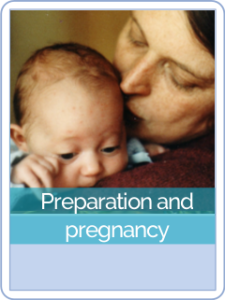Child development profiles
Development through childhood is complex. It is not simply incremental and linear, not the child just being a smaller version of the adult. Childhood has developmental patterns which weave through childhood, abilities which metamorphose into other abilities, a brain which grows and then prunes itself back.
These child development profiles are based on three main sources of information. Firstly on the descriptions of children to be found in the normative studies of The Gesell Institute of Child Development over 100 years and the six repeating stages which the Gesell researchers identified in childhood. Secondly, on the insights of Rudolf Steiner in regard to the rhythmical way physical growth in childhood unfolds in seven year stages, from head to foot. Thirdly, on my own independent research into what further is revealed by the work of Gesell, Steiner and other more current research, but particularly that the Gesell stages reveal planetary qualities which can help deepen our understanding of the behaviour and motivations of children in each stage. More information is provided on all of these sources in Background to profiles in a general introduction to Patterns in development and in the more detailed research in Planetary qualities in child development: an independent research project.
The profiles describe the characteristic behaviour and the changing ‘temperamental tendencies’ or ‘moods’ of each age: amenable or challenging, insecure or adventurous, dependent or independent, interested in the details or the big picture. Curiously these can change quickly from stage to stage, confounding parents and care givers who are trying to keep up with their children. Understanding the nature of each stage helps to meet children with more compassion, less frustration and more insight for finding strategies which can support their growth, while keeping adult sanity.
The developmental traits in these profiles represent only one aspect of children’s behaviour and may be masked, modified or intensified by other factors, both individual and environmental, such as temperament, gender related behaviours, high stress levels, over-stimulation, too much screen time or organic problems.



